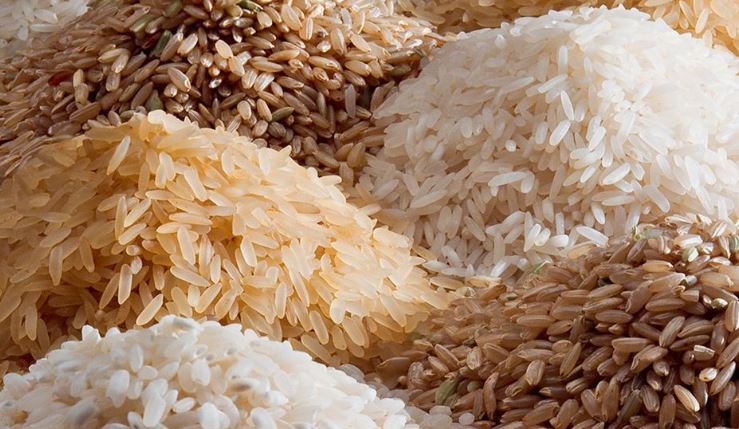×
The Standard e-Paper
Home To Bold Columnists

A growing number of rice farmers in China, India and South East Asia are adopting the System of Rice Intensification (SRI) method that utilises drastically less water.
SRI aims to stimulate the root system of plants rather than trying to increase yields in the conventional way – using of improved seeds and synthetic fertilisers.